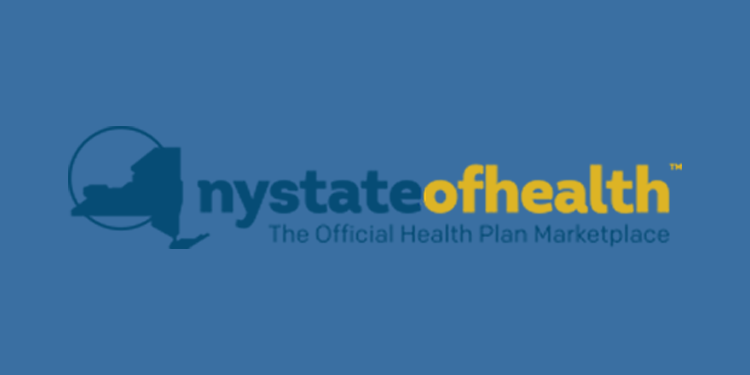Why Employer Health Costs Are Surging in 2025—and How Small & Mid-Size Businesses Can Push Back During Renewal Season
Employer health costs jumped again in 2025, with family premiums near $27,000. Here’s what’s driving the surge—and concrete steps SMBs can take now on plan design, funding, pharmacy strategy, and employee education to regain control before renewal.

By Tom Hart, Benton Oakfield
The $27,000 Family Plan Problem
According to the latest KFF Employer Health Benefits Survey, the average annual premium for a family health plan has reached nearly $27,000—up 6% in 2025 after two consecutive years of 7% increases. That’s the third year in a row that employer healthcare costs have risen faster than both inflation and wage growth. For small and mid-size employers, it’s not just another budget line—it’s a warning sign that the traditional approach to renewals isn’t sustainable.
As Wall Street Journal reporter Anna Wilde Mathews explained, rising healthcare utilization, costly new therapies, and higher hospital reimbursement rates are all combining to drive premiums to record levels. The result? Employers are being forced to absorb increases that directly impact salaries, hiring, and retention.
What’s Driving the Spike
The story behind the premium hikes isn’t just about insurance companies—it’s about the cost of healthcare itself. Data from the Centers for Medicare & Medicaid Services (CMS) shows that overall healthcare spending in the U.S. grew nearly 6% last year, driven by hospital price increases, an aging workforce, and the introduction of high-cost specialty drugs like GLP-1s (Wegovy and Ozempic).
Employers are also seeing more claims for chronic and complex conditions among working-age adults—especially cancer and metabolic disorders. These trends aren’t short-term; they’re structural shifts in how Americans are using care, and they’re reshaping the economics of every renewal negotiation.
How It’s Impacting Employers and Workers
For many employers, healthcare costs are now the second-largest expense after payroll. When premiums rise faster than revenue, employers have limited levers: reduce benefits, shift more cost to employees, or freeze wages. A recent Bureau of Labor Statistics report found that total compensation costs grew 4% over the past year—but benefit costs grew nearly 6%.
That imbalance pressures employers to make tough choices. Some delay raises or bonuses to cover renewals. Others raise employee contributions, increasing the share of payroll going to healthcare instead of take-home pay. Over time, these pressures undermine retention and make it harder to compete for skilled workers—especially in industries already battling labor shortages.
Why Traditional Renewals Don’t Work Anymore
Many businesses still approach renewal season reactively—waiting for their broker to deliver a quote, then comparing premiums across carriers. The problem with that approach is timing: by the time renewal numbers arrive, 80–90% of the carrier’s pricing assumptions are already baked in.
Without data analysis and proactive negotiation, employers lose the opportunity to influence the outcome. According to Mercer’s 2025 Cost Trend Report, employers who implemented plan changes or funding strategy updates three to six months before renewal saw average savings of 9% compared to those who waited until final quotes.
Smart Strategies for Small and Mid-Size Employers
Here are several proven strategies Benton Oakfield uses to help clients counter rising premiums while protecting employee satisfaction:
- Level or self-funding options: For employers with as few as 10–25 employees, level-funded plans can provide predictable monthly costs while refunding unused claim dollars at year-end.
- Carrier negotiation and benchmarking: Using claims data and market benchmarks, we help employers validate whether proposed renewals reflect actual risk—not just market averages.
- Plan design optimization: Adjusting deductibles, copays, or network tiers can produce meaningful savings without cutting coverage quality.
- Alternative funding and captives: For growth-stage companies, joining a group captive can deliver multi-year rate stability and profit-sharing opportunities.
- Employee communication: Transparent, plain-language benefits education improves utilization and reduces unnecessary claims, which directly impacts future premiums.
The Power of Data and Timing
Renewal leverage isn’t just about negotiation—it’s about preparation. Employers who review claims utilization midyear, assess plan performance quarterly, and compare network options in advance have the strongest position when renewal season hits.
At Benton Oakfield, we use analytics to model how each plan design, deductible, or network change affects both the employer’s cost and the employee’s out-of-pocket exposure. That clarity lets business owners make decisions with confidence—not guesswork.
Healthcare’s “New Normal” Requires a New Playbook
2025 marks a turning point. Healthcare inflation is expected to continue outpacing general inflation for at least the next five years. New therapies and utilization patterns will keep pushing plan costs higher.
For small and mid-size employers, that means the “wait-and-see” strategy is no longer viable. Renewal season isn’t just about compliance—it’s about competitiveness. A well-structured benefits plan is one of the few remaining ways to attract and retain employees without inflating wages beyond what the business can sustain.
What Employers Can Do Right Now
1. Start your renewal review early. Begin analyzing options at least 90 days before your renewal date. Early reviews allow more time for carrier negotiations and plan redesigns.
2. Audit your contribution strategy. Make sure employee and employer cost shares align with both market averages and internal compensation goals.
3. Benchmark against your industry. Knowing how your plan compares to peers in your size and sector helps you identify savings opportunities and avoid overpaying for coverage you don’t need.
4. Evaluate alternative funding. If your company has been fully insured for years, level-funding or self-funding may now make financial sense given the market shift.
5. Communicate proactively. Engage employees before open enrollment. Clear communication builds trust and reduces frustration when changes occur.
How Benton Oakfield Helps Employers Push Back
Benton Oakfield partners with business owners and HR leaders to create benefits strategies that fight back against healthcare inflation. We work hands-on through every stage of the renewal process—from carrier negotiations and funding analysis to employee communication and compliance support.
We believe small and mid-size employers deserve the same level of data insight and strategic advocacy as large corporations. That’s why our clients regularly outperform the market, maintaining competitive benefits while containing year-over-year increases.
Whether you’re approaching renewal season or simply want a second opinion on your current plan, now is the time to act. The earlier you start, the more leverage you have.
Reach out to Benton Oakfield today to schedule a consultation and discover how a proactive benefits strategy can protect your business, your budget, and your team.



